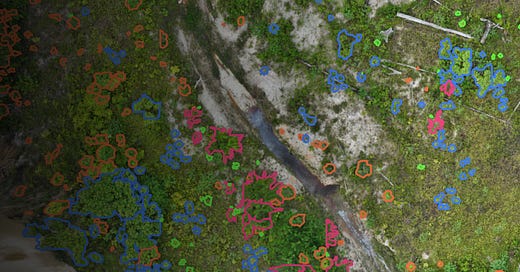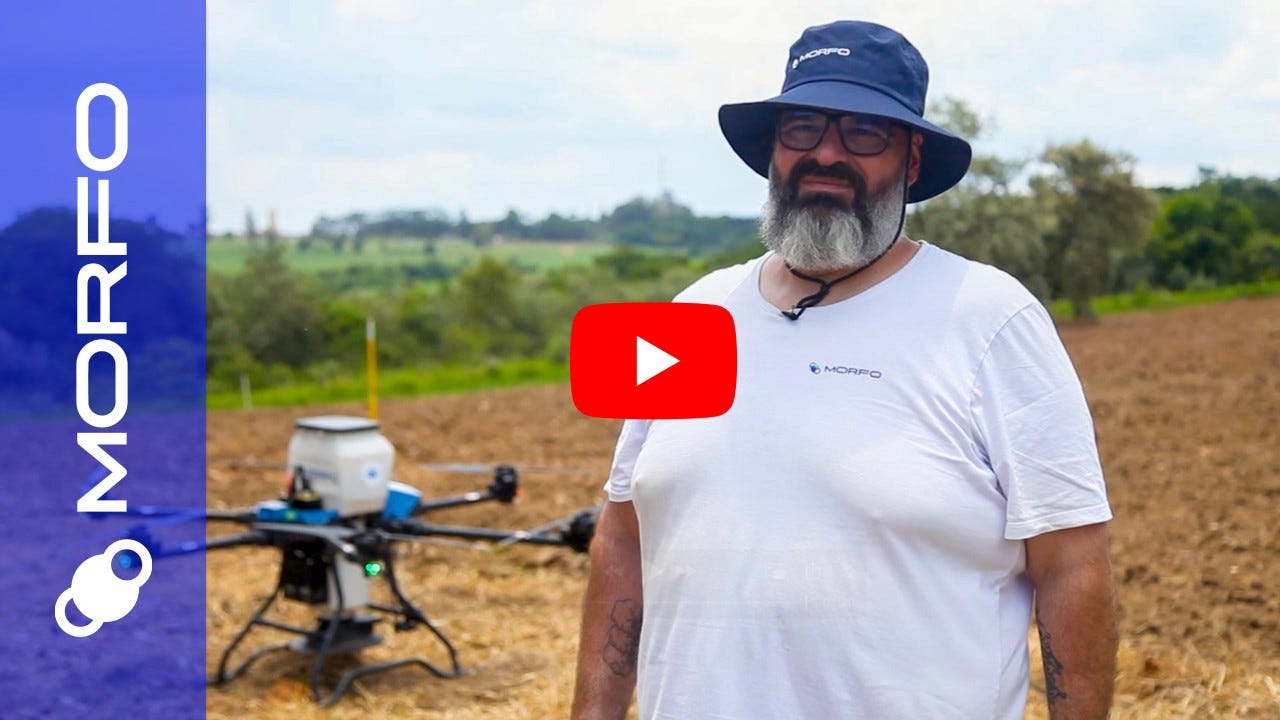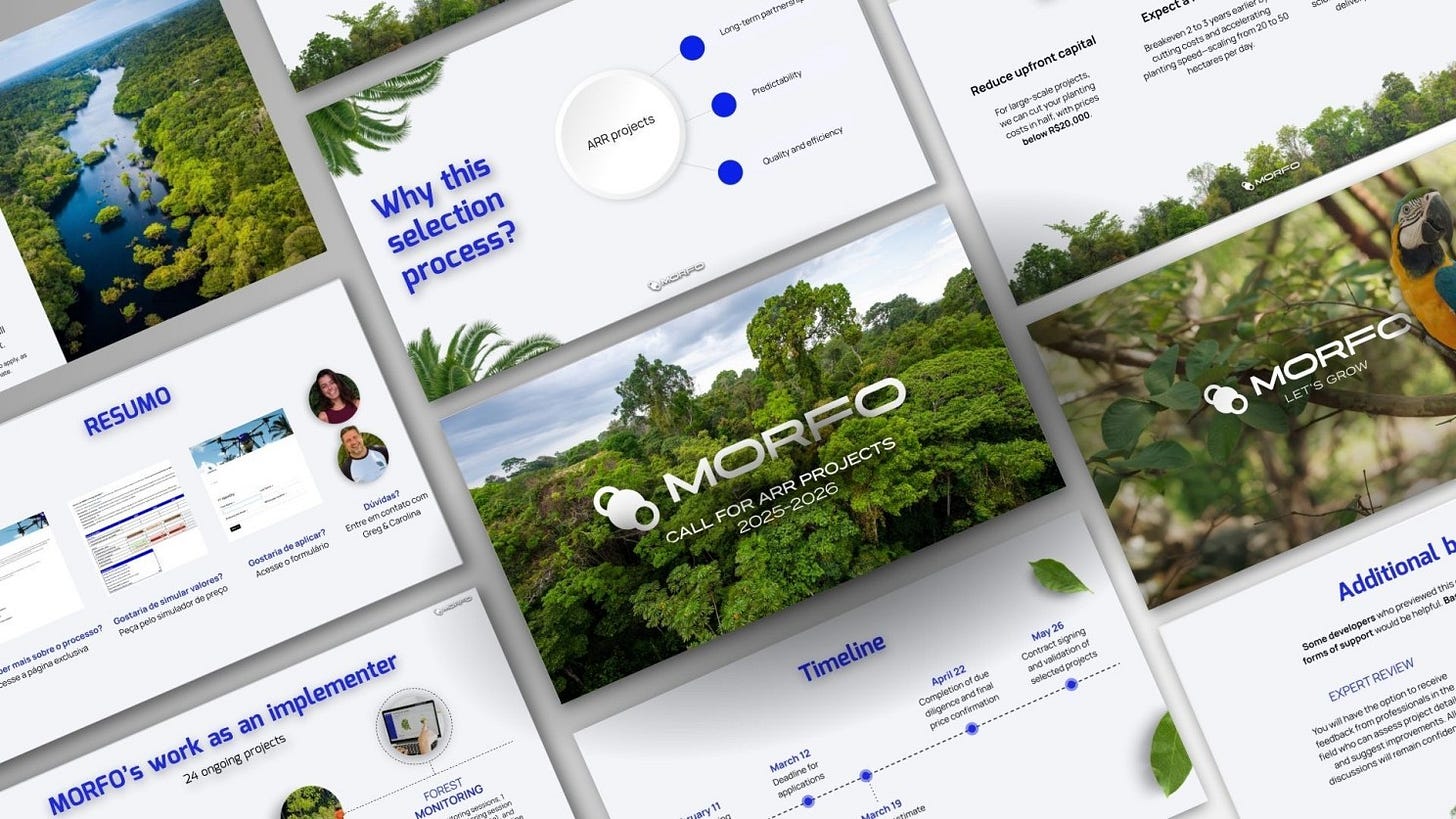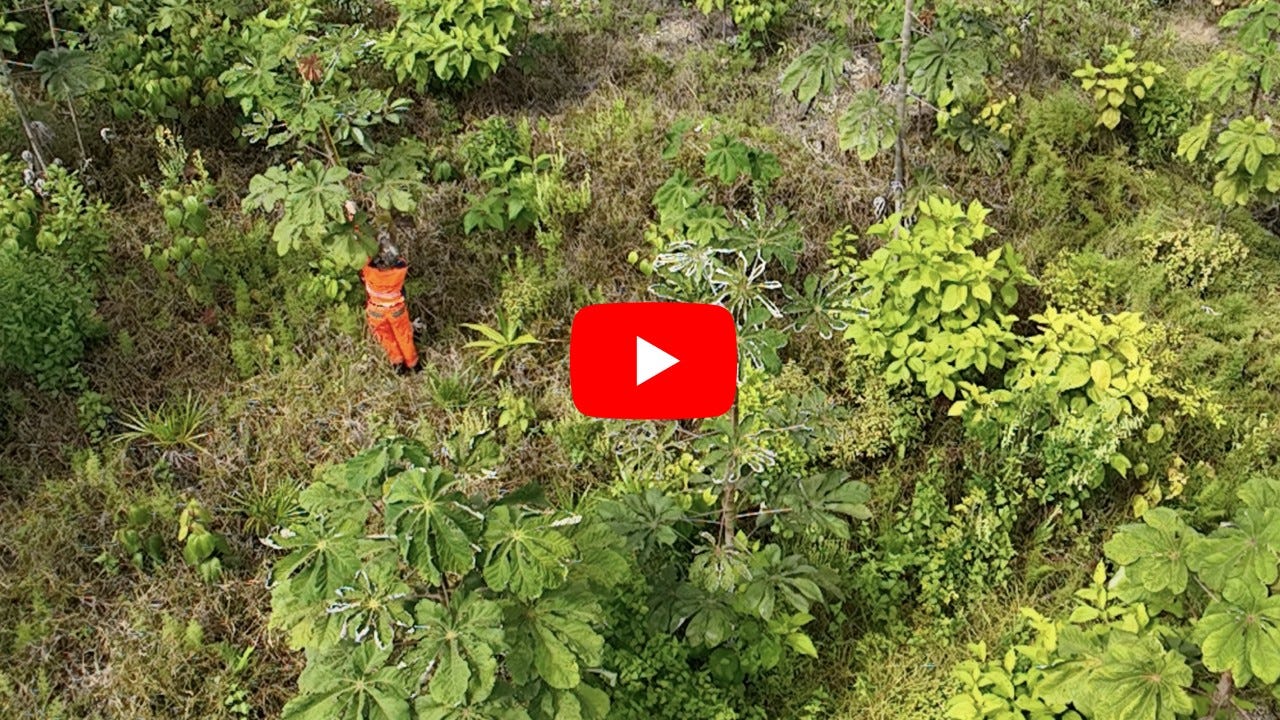Hey Morfollower,
DeepSeek made waves in the AI world… Just another overhyped model with no real benefits and a massive carbon footprint? While it’s true that these models consume a huge amount of energy, AI can also have positive applications for nature.
To restore forests at scale, we need precision and efficiency: cutting costs, tracking growth, and mapping replanting zones without constant fieldwork. AI makes this possible by automating monitoring, optimizing planting, and predicting ecosystem resilience. That’s Forest Intelligence in action.
Every minute, the equivalent of 10 football fields of forest disappears. The first step is to protect what’s left. The second is to restore what’s been lost.
At MORFO, we’ve spent the past two years developing advanced AI models and some of them are ready to scale:
Early species detection as soon as four months after planting
Identification of mature trees
Analysis of vegetation cover composition
This is the focus of the first article in this new edition of the MORFO newsletter.
Let’s grow!
Pascal Asselin, Co-founder of MORFO
🧮 Releasing new AI tools for forests
Recently, our technical teams introduced six new AI tools designed for large-scale forest monitoring. One of the tools, Seedling ID, has really caught attention. It uses drone images to identify plant species (currently 10) just 4 months after planting—something that used to take at least 3 years. This is a huge deal, as drone imagery provides 1 billion pixels per hectare, which is a massive upgrade compared to the 100 pixels traditional satellites provide. Some of these models were built with Google’s AI teams as part of a two-year collaboration.
🧪 Testing solutions, with USFCAR partners
Our work isn’t limited to computers! Our field teams are also really busy right now. They’re conducting numerous site diagnostics and managing planting projects, including our first carbon projects. Today, you can check out this video showcasing field experiments that just started this month. These are part of our ongoing partnership with the amazing Fatima Pina Rodriguez’s team at UFSCAR, our research partner for the past two years.
🌳 Launching a new initiative for carbon project developers
Next Tuesday, February 11, we will unveil a new initiative in Brazil. You may already know that the country has committed to restoring 12 million hectares of degraded land by 2030. Brazil is at a crossroads—it has all the advantages to become, by far, the world’s leading country in forest restoration.
But to make it happen, projects must be cost-effective while delivering maximum benefits for nature and local communities. That’s our mission at MORFO, and that’s why we’re launching this call for carbon project developers.
🔍 3 articles to read…
… to convince your colleagues to reforest
From mice to moose, a new study shows how reforestation, afforestation, and bioenergy could impact over 14,000 species.
Forest restoration improves habitat and water quality in tropical streams. Read this multiscale landscape assessment.
Reforestation stands out among plant-based climate-mitigation strategies as most beneficial for wildlife biodiversity, a new study shows.
… for the latest scientific news
MIT scientists have developed a formula that predicts whether a newly introduced species will thrive or fail in an ecosystem, based on their analysis of laboratory models of soil bacteria populations.
Researchers discovered unique microbes in Amazonian peatlands that could influence climate change.
Amazon’s Boiling River gives scientists a look into the rainforest’s future.
… for the latest from Brazil
A new roadmap for scaling forest restoration efforts in the Brazilian Amazon, from the Aliança pela Restauração na Amazônia, which MORFO is part of.
A study by the School of International Relations (FGV RI) looks at how Brazilians perceive climate change. "The main factor behind disbelief in climate change (climate skepticism) is the degree of individualism. The more individualistic a person is, the more they tend to be skeptical."
Researchers studied 1,207 tree species across 271 forest plots in six Brazilian regions and found that, in heavily deforested areas, large-seeded, big trees are being replaced by fast-growing, opportunistic species.
… for the latest on Carbon
Sylvera’s latest State of Carbon report is out. Read our CEO’s analysis.
Learn the 8 common myths about the challenges of financing carbon credits for forest restoration projects.
The Symbiosis Coalition closed its RFP last Friday. MORFO responded in partnership with four Brazilian project developers. Big thanks to them for their hard work 🙏!
🚨 Last minute!
Just before sending out this newsletter, we learned that our very first project, planted in February 2023 for the company Cu'bOr in Amazonia, French Guiana, has been officially approved by the authorities! A fantastic achievement, as the challenge was immense on this highly degraded land—a former alluvial gold mining site.
A huge thank you to our clients, especially Raphael, for their trust and for the quality of our collaboration.
🌎 Thank you for reading this newsletter until the end! If you enjoyed it, please share it with your audience, friends, or colleagues.
🇧🇷 If you prefer to readour newsletter in Portuguese, simply subscribe here. Make sure to unsubscribe from this English one. It’s that easy!
Warm regards,
The MORFO team







